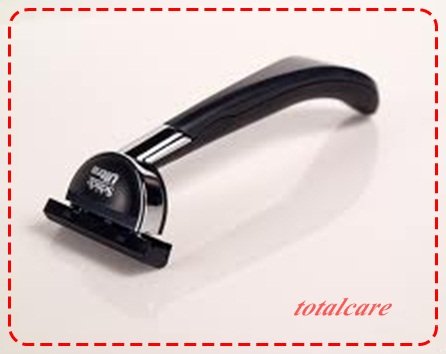


In general, we tend to utilize Isoflurane as our number one agent of choice because it is easy to titrate to effect, which is critical in physiologically unstable animals, and emergence and recovery from the surgical plane of anesthesia is relatively rapid compared to injectable agents that are available ( Figures 1 and and2).

A surgical plane of anesthesia is described as a state of medically-induced unconsciousness in which the animal does not produce protective reflexes to stimuli. The overall goal is to achieve a surgical plane of anesthesia prior to manipulating the animal. There are several key factors to consider when choosing an anesthetic agent and pain management during intravital imaging: 1) physiologic state of the animal, 2) whether the session is non-survival or survival, 3) rat versus mouse, 4) personal preference of the investigator that is either performing or supervising the procedure, and 5) length of the procedure/duration of action of the agent. Studies involving multiple imaging sessions involve survival surgeries, which incur additional considerations for anesthesia, surgical preparation, and pain management, as described below. Since the animal is euthanized at the end of a single-session imaging study, the surgery is considered a non-survival surgery. Intravital microscopy studies may consist of a single imaging session or of a sequence of multiple imaging sessions, as for longitudinal studies in which an animal is repeatedly imaged over periods of days or weeks. IACUCs follow federal regulations as they pertain to the Animal Welfare Act, National Research Council’s Guide for the Care and Use of Laboratory Animals, and the Public Health Services Policy on Humane Care and Use of Laboratory Animals. In the United States, each research institution must have an IACUC that reviews proposals for research, teaching or testing activities involving vertebrate animals, and approval is required prior to initiating any such activities. Prior to any animal studies, appropriate institutional approval must be obtained. These methods were designed in accordance with guidelines provided by Indiana University’s Institutional Animal Care and Use Committee (IACUC). The methods described here were optimized to provide access to abdominal organs such that the tissues are sufficiently immobilized to support high-resolution imaging, while preserving the animal and organ physiology. Here, I describe methods of anesthesia, surgical techniques, and methods to maintain and monitor animal physiology that we have developed for intravital microscopy of the kidney, liver, spleen and pancreas of rats and mice. However, meaningful results can only be obtained from animals whose physiology is preserved during microscopy. Therefore, models of disease specific to these organs may be studied in the rat and mouse, potential treatment modalities may be tested thereafter, and, the application of such treatment modalities may potentially be transferred to humans.

The utilization of the rat and mouse models can be advantageous in that organ structure and function in these species mimics humans. Intravital microscopy has afforded researchers the ability to better understand cellular and subcellular processes within multiple organs in the body.


 0 kommentar(er)
0 kommentar(er)
